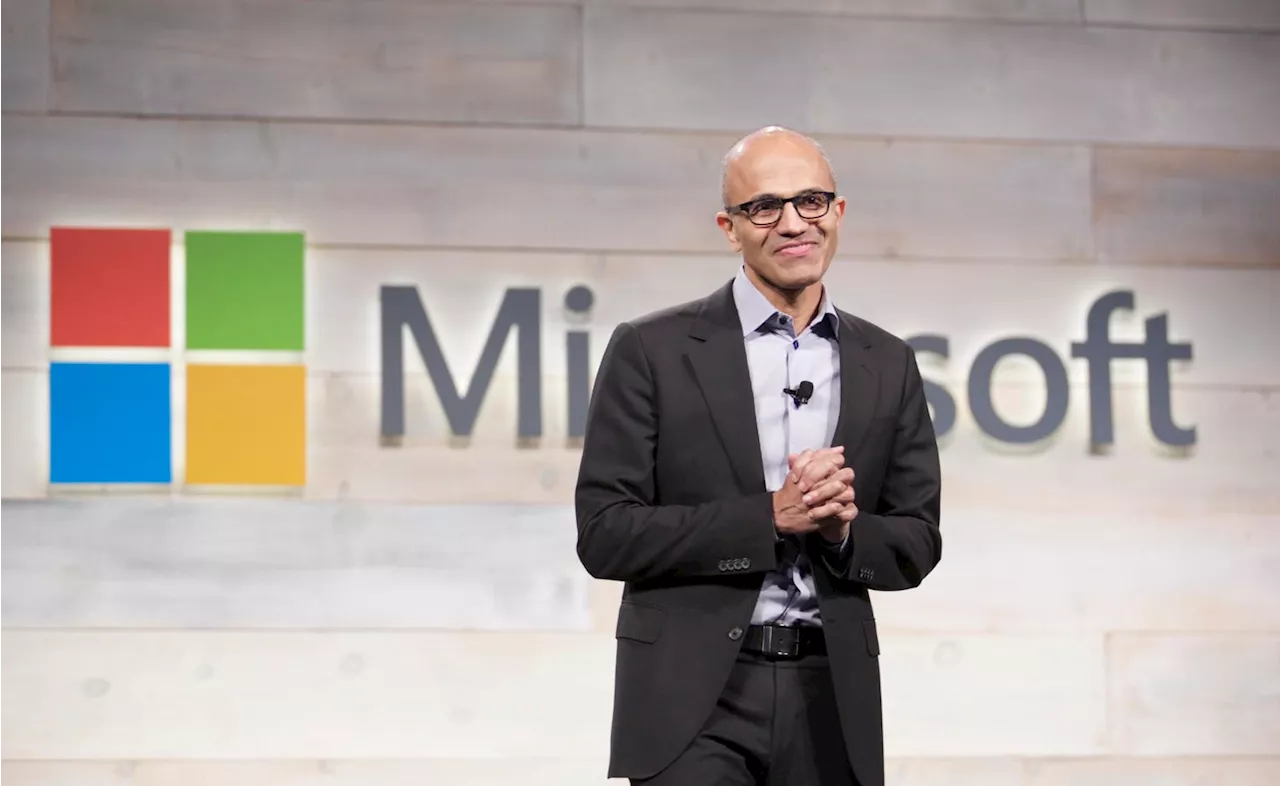CalPERS, the nation’s largest pension system, faces $180 billion in unfunded liabilities and is increasing its investments in private markets, a strategy that has yet to deliver results and carries significant risks for taxpayers.
The California Public Employees’ Retirement System (CalPERS) has $180 billion in unfunded liabilities, according to its latest report. To try to reduce this debt, the nation’s largest pension system recently approved a plan to increase investment in private markets, doubling down on a strategy that has yet to deliver results and carries significant risks for taxpayers.
Investing in the private market involves owning non-publicly traded assets, such as private loans, real estate, and private equity and venture capital business. CalPERS plans to increase its investments in private equity and private credit by 20% so that it represents 40% of its portfolio. This increase comes at the cost of reducing public equity and fixed-income holdings. \CalPERS portfolio achieved an average annual return of 6.7% during the past 20 years. If fund managers had invested in a passive 60/40 public stock/bond index portfolio, they would have achieved a 7.7% average annual return. CalPERS also failed to beat the S&P 500, which delivered a 9.7% return over the same period. This return underperformance holds true when looking at the past 5-, 10- and 15-year periods. \Private investments are often pitched as a way to generate returns higher than the public market and diversify portfolios. However, these promises frequently fall short when risks, fees, and market realities are accounted for. As is typical for pension investment portfolios, private equity on paper has been CalPERS’ highest-performing asset class, with a 20-year annualized return of 12.3%. However, this figure reflects the early days of private equity, when fewer investors competed for deals, and higher returns were easier to achieve. By many estimates, private post-2008 returns have been less impressive, failing to beat public markets on a fee and, importantly, on a risk-adjusted basis. \For fiscal year 2023-2024, the CalPERS budget allocates $790 million for administrative expenses and an additional $1.7 billion in third-party investment management fees, making the annual costs to manage the pension fund $2.5 billion. And yet, despite those high management costs, CalPERS’ 23-year average return is just 5.6%, far below its assumed rate of return of 7.6% during the same period. \CalPERS isn’t alone. Its shift to more private investment reflects the trend of many public pension plans taking more risks in an attempt to make up for chronic underperformance and growing unfunded liabilities. When CalPERS fails to meet its expected investment returns, California’s state and local governments—meaning taxpayers—are solely responsible for covering the resulting shortfall. Public pension liabilities are legally binding. There is no defaulting on them. Consequently, when public pension system investments underperform, government employers—again, taxpayers—must cover the gap. \CalPERS had to increase its debt estimates after investment returns continually failed to meet expectations, with the state government’s unfunded pension debt now estimated $90 billion in 2023. Importantly, this figure only reflects the state’s debt. Local governments carry nearly an equivalent amount of unfunded liabilities. To address this, government employer contributions made by taxpayers had to increase, from being equivalent to 19.5% of payroll in 2014 to 32.4% in 2023. These rising pension costs leave California’s cities, counties, and school districts with less money for public services such as education, infrastructure, and public safety. If funding shortfalls continue, governments face difficult choices to raise taxes, issue bonds (incurring more long-term debt), or cut services. \But there could be a better way. Since 2000, CalPERS achieved a 23-year average return of 5.6%. Meanwhile, the Public Employees’ Retirement System of Nevada, a $58 billion fund, earned a 6.9% return during that time—while taking on less risk than CalPERS. Nevada PERS achieved such returns with just three employees managing the fund, limiting costs, and increasing long-term returns by investing almost exclusively in publicly traded index funds. \CalPERS should prioritize proven, effective strategies that cost less and consistently deliver better returns for taxpayers and public employees. Instead of doubling down on expensive, risky, and underperforming private investment strategies, CalPERS should adopt efficient, low-cost investment strategies like using index funds, which have outperformed it by all measures
Finance CALPERS PRIVATE INVESTMENTS TAXPAYERS PENSION RETURNS
United States Latest News, United States Headlines
Similar News:You can also read news stories similar to this one that we have collected from other news sources.
 CEO doubles down on viral immigrant workers post after company threatenedClaiming migrants were not driving down wages or taking jobs from Americans sparked a backlash from those advocating for mass deportations.
CEO doubles down on viral immigrant workers post after company threatenedClaiming migrants were not driving down wages or taking jobs from Americans sparked a backlash from those advocating for mass deportations.
Read more »
 Microsoft’s Satya Nadella Doubles Down On Xbox’s Confusing StrategyMicrosoft has rolled out a 'This is an Xbox' campaign, attempting to show all the different places you can play Xbox games that are not on literal Xboxes.
Microsoft’s Satya Nadella Doubles Down On Xbox’s Confusing StrategyMicrosoft has rolled out a 'This is an Xbox' campaign, attempting to show all the different places you can play Xbox games that are not on literal Xboxes.
Read more »
 Salesforce Doubles Down on AI Sales TeamSalesforce CEO Marc Benioff announced the expansion of the company's AI sales team by 2,000 people, highlighting its focus on generative AI products. Salesforce is also introducing Agentforce, an AI agent for Slack, and showcasing its AI capabilities in customer service.
Salesforce Doubles Down on AI Sales TeamSalesforce CEO Marc Benioff announced the expansion of the company's AI sales team by 2,000 people, highlighting its focus on generative AI products. Salesforce is also introducing Agentforce, an AI agent for Slack, and showcasing its AI capabilities in customer service.
Read more »
 Salesforce Doubles Down on AI Hiring, Targets Revenue Growth with Generative AISalesforce is aggressively expanding its AI-focused sales team, aiming to capitalize on the growing demand for generative AI solutions. The company is also developing advanced AI agents and leveraging AI to enhance customer support.
Salesforce Doubles Down on AI Hiring, Targets Revenue Growth with Generative AISalesforce is aggressively expanding its AI-focused sales team, aiming to capitalize on the growing demand for generative AI solutions. The company is also developing advanced AI agents and leveraging AI to enhance customer support.
Read more »
 Salesforce Doubles Down on AI Hiring, Expands Agentforce CapabilitiesSalesforce CEO Marc Benioff announced plans to hire 2,000 more AI salespeople, doubling their initial target. The company is also advancing its Agentforce AI technology, which will be available to customers in 2025. Salesforce aims to leverage AI to enhance customer service and drive revenue growth.
Salesforce Doubles Down on AI Hiring, Expands Agentforce CapabilitiesSalesforce CEO Marc Benioff announced plans to hire 2,000 more AI salespeople, doubling their initial target. The company is also advancing its Agentforce AI technology, which will be available to customers in 2025. Salesforce aims to leverage AI to enhance customer service and drive revenue growth.
Read more »
 Salesforce Doubles Down on AI Sales ForceSalesforce CEO Marc Benioff announced the hiring of 2,000 more salespeople specializing in artificial intelligence. This move reflects the company's commitment to leveraging generative AI for revenue growth.
Salesforce Doubles Down on AI Sales ForceSalesforce CEO Marc Benioff announced the hiring of 2,000 more salespeople specializing in artificial intelligence. This move reflects the company's commitment to leveraging generative AI for revenue growth.
Read more »
